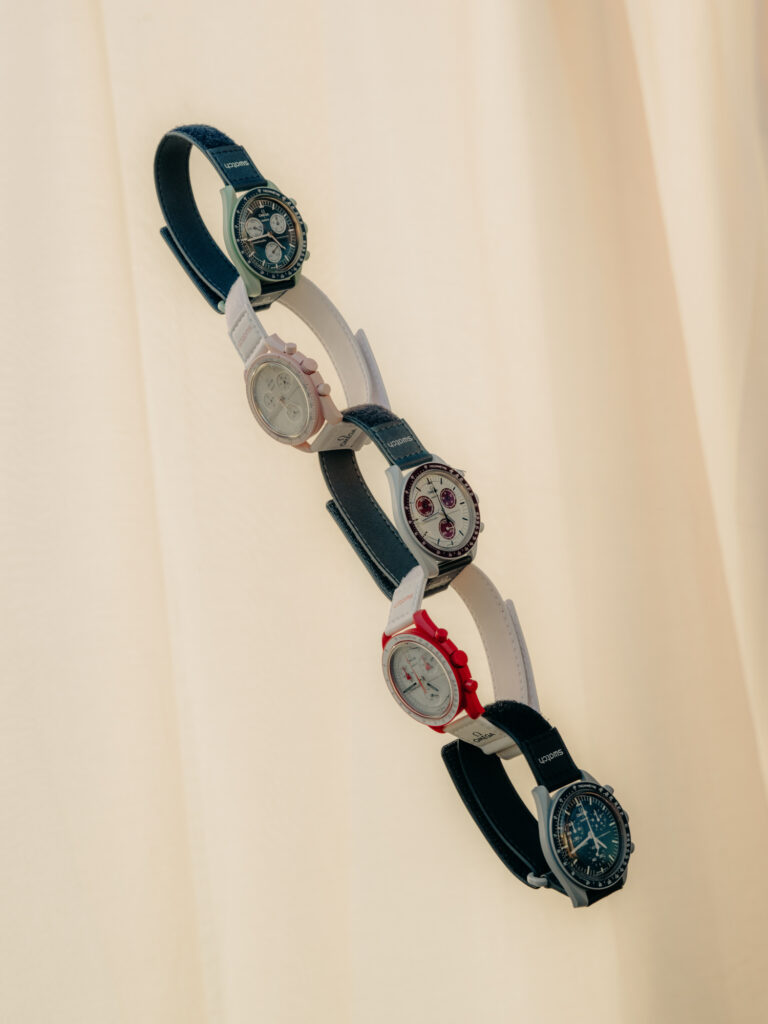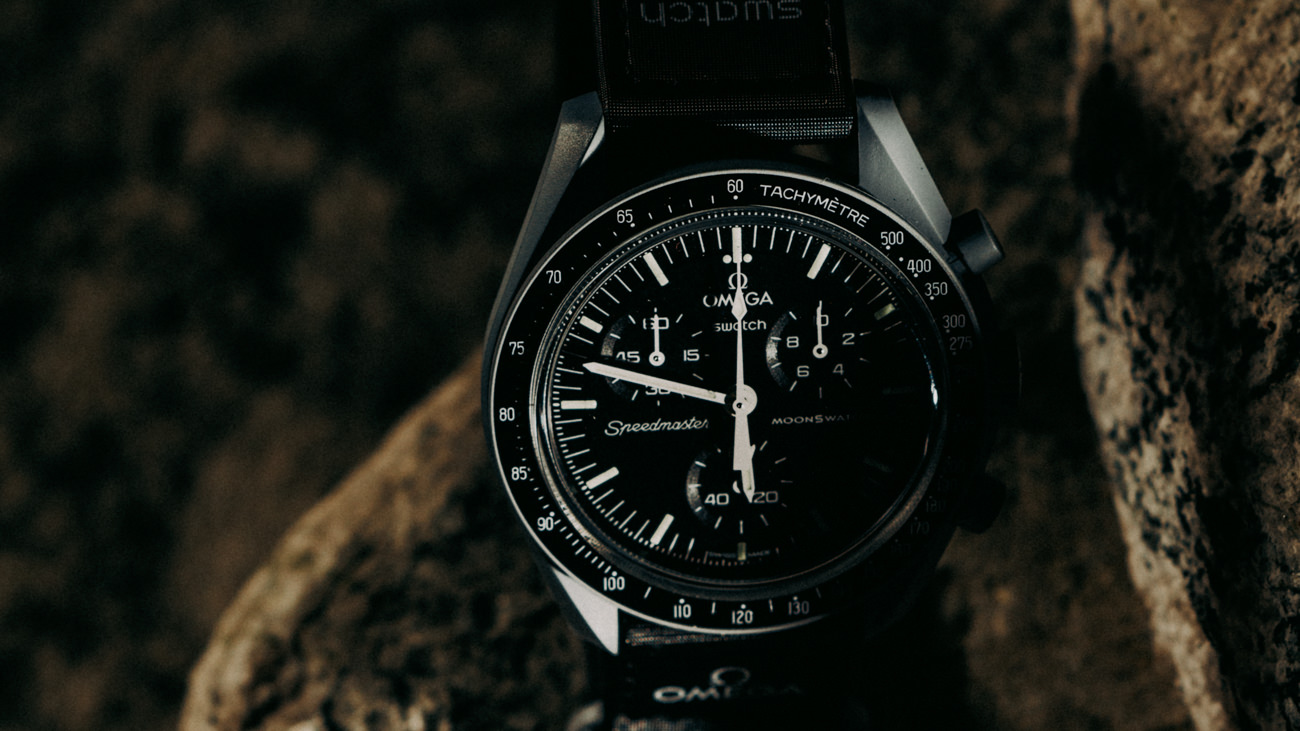
After the launch buzz of the Omega x Swatch MoonSwatch in March 2022, when thousands of people lined up around the world to buy a MoonSwatch, you still need luck to secure a MoonSwatch. Omega x Swatch MoonSwatch is Swatch’s tribute to the Omega Speedmaster Moonwatch Professional which was the first watch on the Moon in 1969.
The MoonSwatch, a €250 timepiece, comes in 11 colours and is only available in selected Swatch stores around the world. While the collection is not a limited edition, sales are limited to one per person and secondary market prices are reaching €5,000 and more.
One-off collaborations between luxury and mass brands aren’t new. Since Isaac Mizrahi’s fashion collection for Target in 2003 and Karl Lagerfeld’s for H&M in 2004, the playbook has become familiar: Gucci x Adidas, Tiffany x Supreme, Balenciaga x Barbie. Brands now look lonely by themselves.
The obvious way to perceive the MoonSwatch is that Omega has done Swatch a service with their collaboration - after all they are both part of the same group. Luxury watchmakers are generally known for battling knock-offs instead of endorsing imitations, so let’s have a look at Swatch first.
Swatch itself pioneered collaborating with artists, designers, brands, institutions: it has been central to its identity - “joy of life, and positive provocation” as its CEO Nick Hayek defines it - since the 1980. Its collaborations with artists such as Keith Haring and Alfred Hofkunst turned into collectibles: one of a limited edition of 121 Kiki Picasso Swatches sold for $28,000 at Christie’s in 1992.
However, “Swatch is an ageing brand that has lost traction among young people,” says Oliver Müller, founder of the Swiss advisory firm LuxeConsult. And today its biggest threat is the smartwatch, particularly the Apple Watch. If you can change the face of an Apple Watch by swiping, swap the wristband to a different colour and track any exercise digitally, who needs quartz? Unsurprisingly, the MoonSwatch is of course extremely beneficial to the Swatch brand.
Omega on the other hand has an entirely different problem: The ultimate status symbol for a modern luxury brand is being unobtainable. This is also true for its old rival Rolex. Recent developments in Swiss watches is even called the Rolex shortage: it's become almost impossible to walk into a store and purchase one. There are simply not enough to meet demand.
While most Swiss watch brands insist they have not tried to engineer scarcity, a limited edition really does whet the appetite. Also Omega could achieve this shortage by reducing production, but what it really needs is to attract a new generation of luxury consumers to its boomer heritage. (A recent study of 8,000 people by an insurance firm in the UK found the average age of the Rolex owner in the country is 68, something similar is probably true for Omega as well.)
So what could be better than having thousands of young people parading around with colourful imitations of Omega's Moonwatch? And while the MoonSwatch may have sold out, the original Moonwatch is still available. So, Swatch brings back its fun and collectible history, and Omega attracts further enthusiasm for its timepiece.
Now that the collaboration proved to be successful it’s easy to write about it. But I am sure many saw this initially as an appalling idea. The Speedmaster was the jewel in Omega’s crown. Why on earth would you cheapen it with this nonsense? It would devalue the brand, put off serious watch collectors, and generally make a mockery of a watch unanimously agreed to be a classic of 20th-century design.
However I think Omega has once again demonstrated their deep understanding of their consumers: There is a segment of the watch market that seek the authentic, ultimate, best. If that means a Swatch for now, so be it. But those that can afford the real Speedmaster will surely consider that watch over its bargain Swatch alternative. Chapeau to Omega’s CEO, Monsieur Aeschlimann for this brave bold move.
I am sure we will continue to see more worlds-collide collaborations.


No comments.